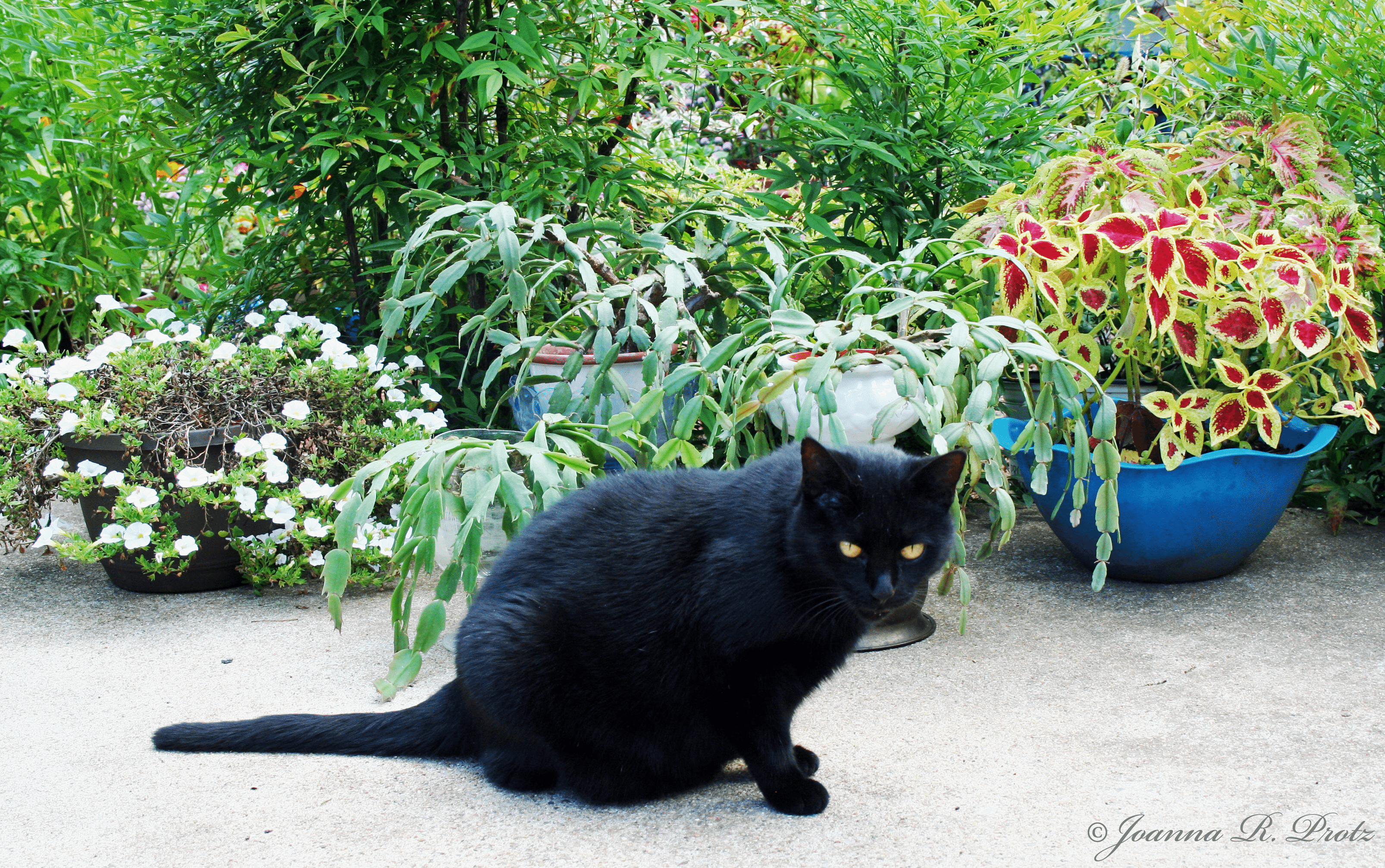Christmas Cactus Toxicity: Care Of Christmas Cactus Around Pets


Christmas cacti are common gifts around the holidays. They tend to bloom in the winter, with showy flowers present for friends and family to admire as they attend winter festivities. The presence of small children and pets at family functions reminds us that not all plants are safe. Is Christmas cactus toxic? Read on to find out and help protect your pets from any Christmas cactus toxicity.
Is Christmas Cactus Toxic?
The bright salmon to red flowers and intricate pads are characteristic of the Christmas cacti, which tends to bloom around Christmas and gives them their name. The plant is not a true cactus, however, but an epiphyte. It needs bright light and well-drained soil, with moderate water needs. To ensure blooming, withhold water in October and gradually resume again in November. Good news! Unlike many of the holiday plants, Christmas cactus toxicity is not damaging. Mistletoe, holly (berries), and poinsettia are also common during the winter holidays and do have some toxic components, but it is safe to have the Christmas cactus in your home. It isn't even spiny, so you don't have to worry about sharp pointy things hurting mouthy dogs and curious cats.
Care of Christmas Cactus Around Pets
Christmas cactus is native to Central and South America. They are classed as Zygocactus, a form of epiphyte that has a similar appearance to traditionally recognized cacti. Epiphytes don't need a soil based medium to live in but can survive in tree crotches and rocky depressions where organic material has collected and composted down to a rich humic base. Most Christmas cacti are sold in a soil medium which is well-draining. Care of Christmas cactus around pets is similar to that of any tropical plant. They require deep watering followed by allowing the top few inches (8 cm.) of soil to dry out before applying moisture anew. The key to achieving bright blooms each year is to allow the plant to dry out in fall and winter. Move the plant to where it receives bright light and ensure temperatures are fairly cool. Ideal temperatures for flowering are 50 degrees F. (10 C.). Apply a 0-10-10 fertilizer in October to early November and reapply in February. Although, it is best to train animals not to sample plants in the home, no harm will come to them if they want to try a flower or a bite of foliage. Christmas cactus and pets make perfect housemates as long as your animal doesn't overeat the plant and destroy its health. Christmas cactus and pets can coexist in harmony in the home but preventive measures on other holiday plants should be taken. Place plants, such as poinsettia, up high where animals can't reach them. If the family pet is especially persistent, spray the plant with cayenne pepper dissolved in water. The spicy taste will make Fido or Kitty think twice about approaching any plant and avoid poisoning but also safeguard the plant from teething damage and foliar death.
Sign up for the Gardening Know How newsletter today and receive a free copy of our e-book "How to Grow Delicious Tomatoes".

Bonnie Grant is a professional landscaper with a Certification in Urban Gardening. She has been gardening and writing for 15 years. A former professional chef, she has a passion for edible landscaping.